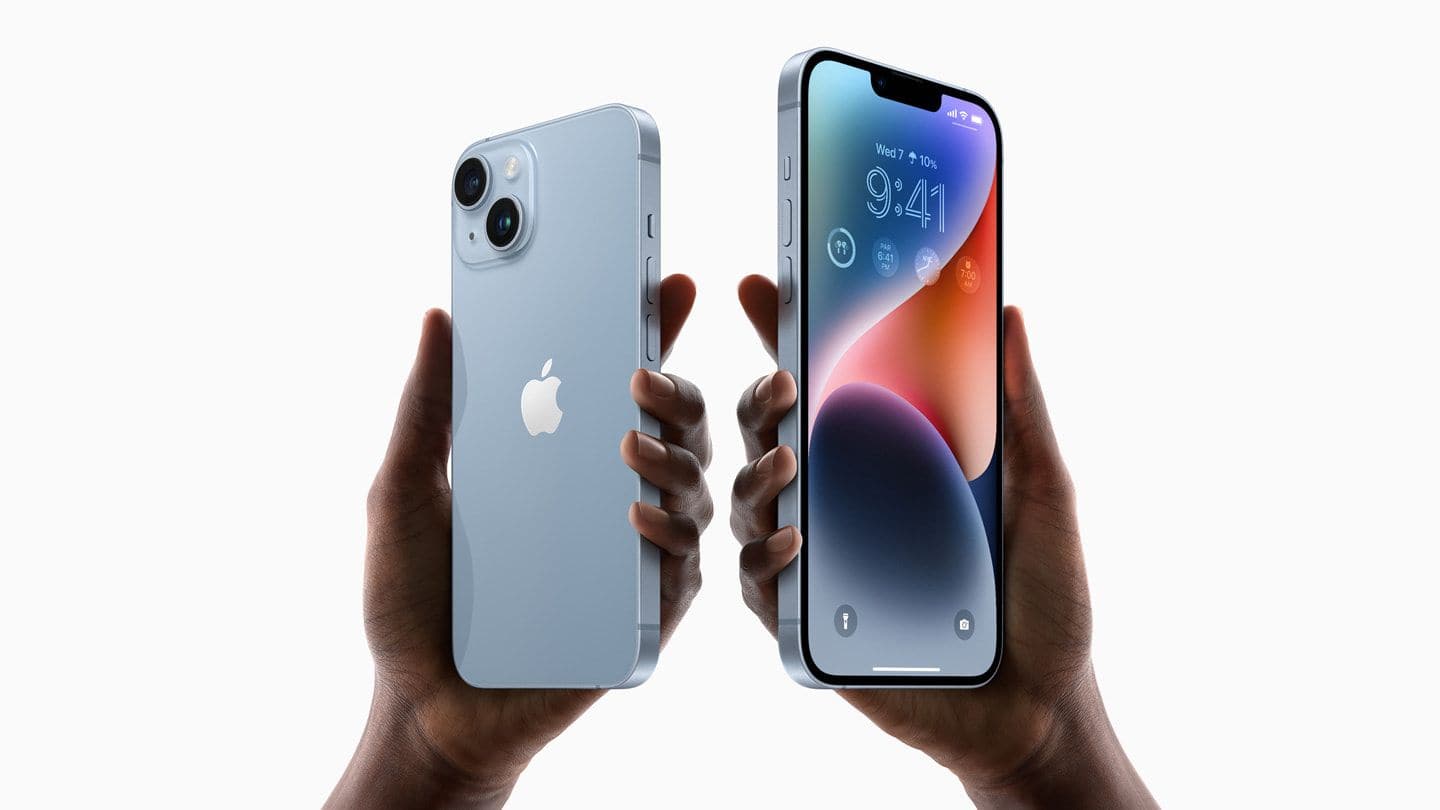Apple Looks to Ditch Physical SIM Cards with iPhone 14
With the recent release of the iPhone14, Apple has eliminated the need for physical SIM cards (at least in the U.S.). While this may not immediately affect you if you aren’t planning to buy this latest model, it is likely to change the market further down the road.

What is eSIM?
A SIM card (which stands for Subscriber Identity Module or Subscriber Identification Module) is the little polygon-shaped piece of plastic that you stick inside every new phone that carries your unique identification number, stores your data, and allows your phone to connect to your network carrier. eSIMs provide all that functionality electronically, without the need for a physical card. They have been around since 2016 but have only started getting widespread support over the past few years. The U.S. version of Apple’s iPhone 14, released in the middle of September, no longer has a slot for inserting a SIM card. Instead, the phones will run entirely off eSIMs.
eSIM Pros
Multiple Lines
While many phones already provide dual SIM trays to access more than one phone number or data line on a single phone, eSIM cards make this even easier. For iPhones, Apple supports up to two phone numbers simultaneously and up to eight data lines. This could be helpful if you don’t want to carry around both a work and a personal phone, or if you go through data quickly and want to have extra lines at the ready.
More Secure
With an eSIM, no one can remove your card to hijack your phone and intercept phone calls or text messages. If your phone gets stolen, it’s also easier to turn off the eSIM, or use it to help locate your phone.
Easier to Switch Carriers
You no longer have to go to a store to pick up a physical SIM card or wait for one in the mail. Theoretically, eSIMs make it faster to set up your new phone or switch to a different carrier. However, there is a school of thought that says carriers may erect their own barriers to make it harder to automatically switch, like charging an activation fee every time you add a line.
Easier, Cheaper Travel Coverage
Frequent travelers might benefit from having multiple eSIM numbers as one can be for their home coverage, and the other can be reserved for the places they visit. These second lines can be preloaded with data before you travel, saving you tons on in-country data charges.
More Space and Less Cost
Although a minor advantage, the lack of a SIM card slot frees up a tiny bit of extra room for Apple to pack other technology into the iPhone. And carriers will no longer need to spend $10 to $20 on the physical SIM cards, so those savings might get passed onto the customer, too.
eSIM Cons
Not Supported by All Carriers
Experts estimate that only about 60 percent of all major carriers worldwide support eSIM technology. However, this may not be super notable, as those that do offer eSIM coverage provide for 85 percent of all phone subscribers. Still, if you belong to one of the other networks, you won’t be able to buy the latest iPhone in the U.S. However, you could try shipping one from Canada, since their iPhone 14 version does include physical SIM cards.
Not as Easy to Switch Between Phones
If your phone breaks or needs to go in for repair with a traditional SIM card, you can simply take out the chip and insert it into any other phone so you never lose connection. However, if your phone malfunctions with eSIM, you cannot immediately plug it into another device, and you’ll likely have to wait until it gets fixed or you get a new one.
Harder to Operate Burner Phones
If you’re concerned about your movements being tracked via your smartphone, an eSIM might be a problem. It can’t be removed and therefore your phone can always be located.
Whether an eSIM-only phone turns out to be the way of the future or not will depend on how functional it is and if other major carriers get on board quickly. Be sure to check back with us for more updates soon.




